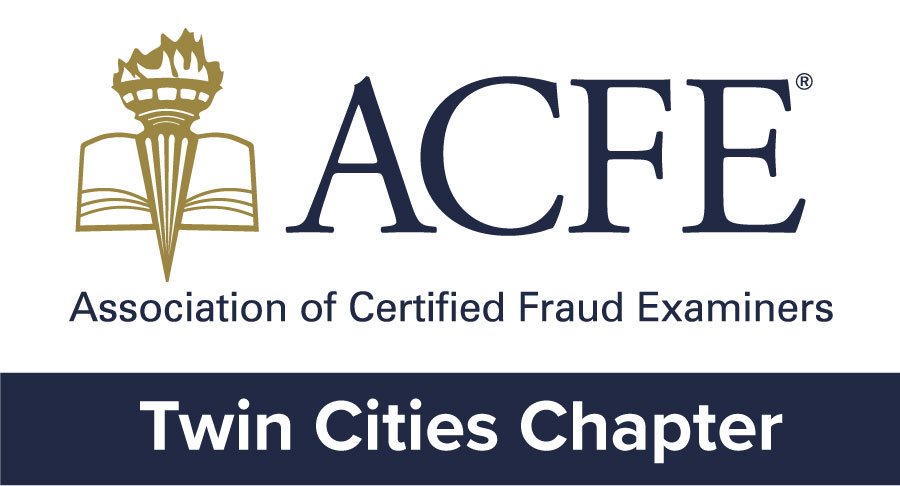The Rising Tide of Mail Theft and Its Alarming Role in Financial Fraud By Philip Swan, MBA, CFE and Kenneth Black, CFE, CFCI
A Growing Crisis: Mail Theft by the Numbers
According to the U.S. Postal Inspection Service (USPIS), mail theft-related fraud has skyrocketed
by nearly 400% since 2021[1]. In just one six-month period in 2023, the Financial Crimes
Enforcement Network (FinCEN) reported over $688 million in suspicious activity tied to mail
theft-related check fraud[2]. These figures reflect both completed and attempted fraudulent
transactions, with the average check fraud case involving
nearly $45,000.
How Mail Theft Fuels Financial Fraud
Mail theft is no longer limited to opportunistic theft from residential mailboxes. Criminals
now target:
• USPS blue collection boxes after pickup times
• Postal facilities through burglary
• Mail carriers via robbery or bribery
• Internal USPS employees, some of whom have been recruited into organized schemes[3]
Once mail is stolen, fraudsters employ techniques like:
• Check washing: Using chemicals to erase ink and rewrite checks
• Check cooking: Digitally manipulating check images to create counterfeits
• Forged endorsements: Depositing unaltered checks with fake signatures[4]
These altered or counterfeit checks are then deposited—often via mobile apps or ATMs—before the
fraud is detected, exploiting regulations that require banks to make funds
available quickly.
The Identity Theft Connection
Beyond financial loss, mail theft often leads to identity theft. Stolen mail can contain:
• Social Security numbers
• Bank and credit card statements
• Tax documents
• Government benefits information
Criminals use this data to open fraudulent accounts, file false tax returns, or even obtain medical
services under the victim’s name[5]. In many cases, stolen identities are sold on the dark web for
as little as $12[6].
Impact on Consumers and Businesses
Victims of mail theft-related fraud face:
• Delayed refunds and reimbursements
• Damaged credit scores
• Loss of assets or investment funds
• Reputational harm for businesses due to missed payments or compromised accounts[4]
While financial institutions often refund victims, these processes can take weeks or months, leaving
individuals financially vulnerable in the interim.
What’s Being Done—and What You Can Do
In response to the crisis, the USPS has launched initiatives like Project Safe Delivery and the
Informed Delivery app, which allows users to preview incoming mail digitally[7]. Law enforcement
agencies, including the FBI and USPIS, have issued alerts and are working with financial
institutions to identify red flags and improve reporting mechanisms[8].
Tips to protect yourself:
• Pick up mail promptly and avoid leaving it overnight
• Use secure mail slots or drop boxes inside post offices
• Opt for electronic payments when possible
• Monitor your credit and bank accounts regularly
• Report missing mail or suspected fraud immediately to USPS and your bank[1]
Conclusion
Mail theft is no longer a petty crime—it’s a national security concern with far-reaching
implications for financial stability and personal privacy. As criminals become more sophisticated,
so must our defenses. Vigilance, technology, and coordinated efforts between consumers, financial
institutions, and law enforcement are essential to stem the tide of this growing threat.
References
[1] www.finra.org
[2] federalnewsnetwork.com
[3] www.nbcsandiego.com
[4] www.ic3.gov
[5] www.allstateidentityprotection.com
[6] www.forbes.com
[7] Yahoo
[8] www.fincen.gov

